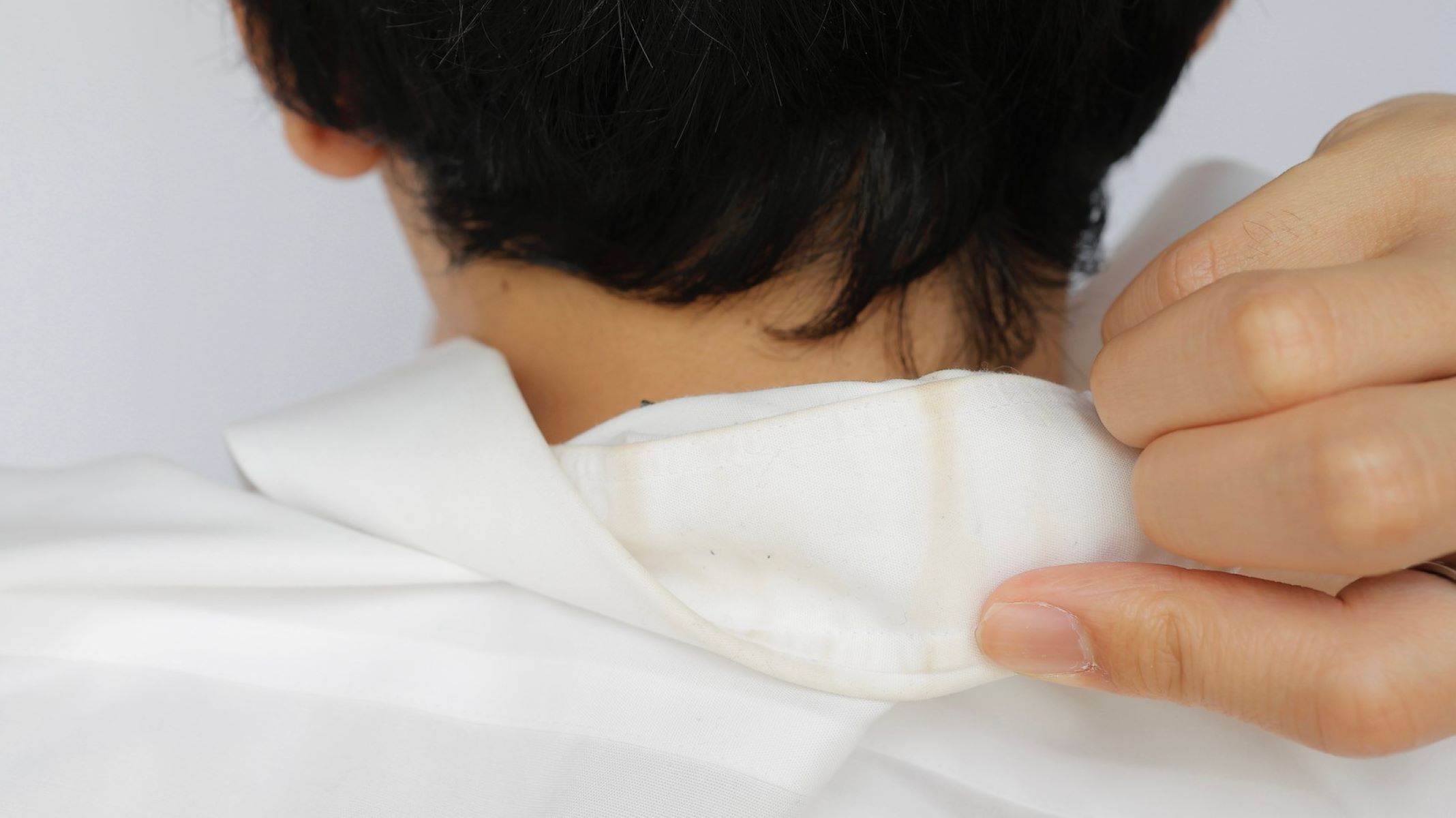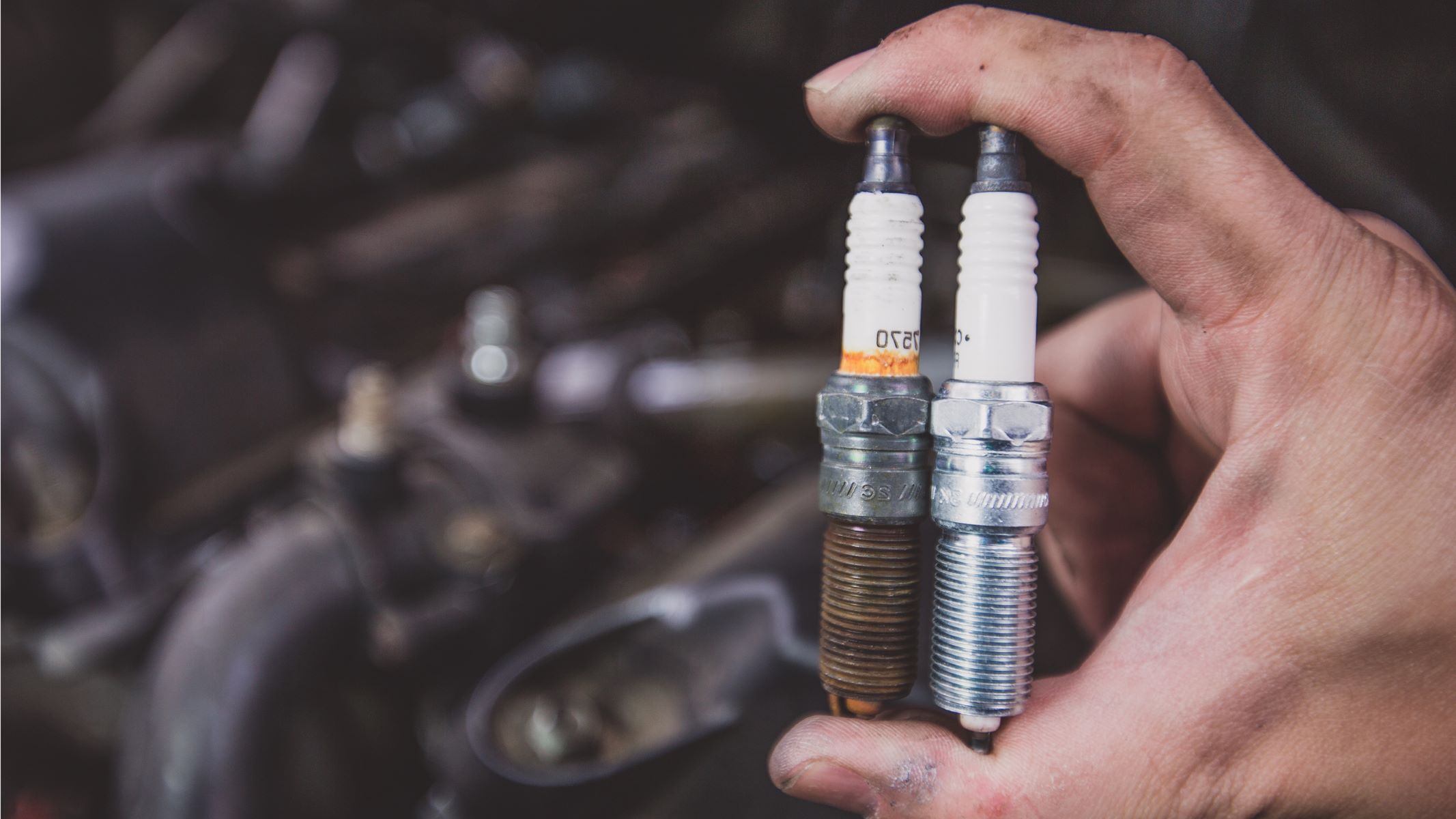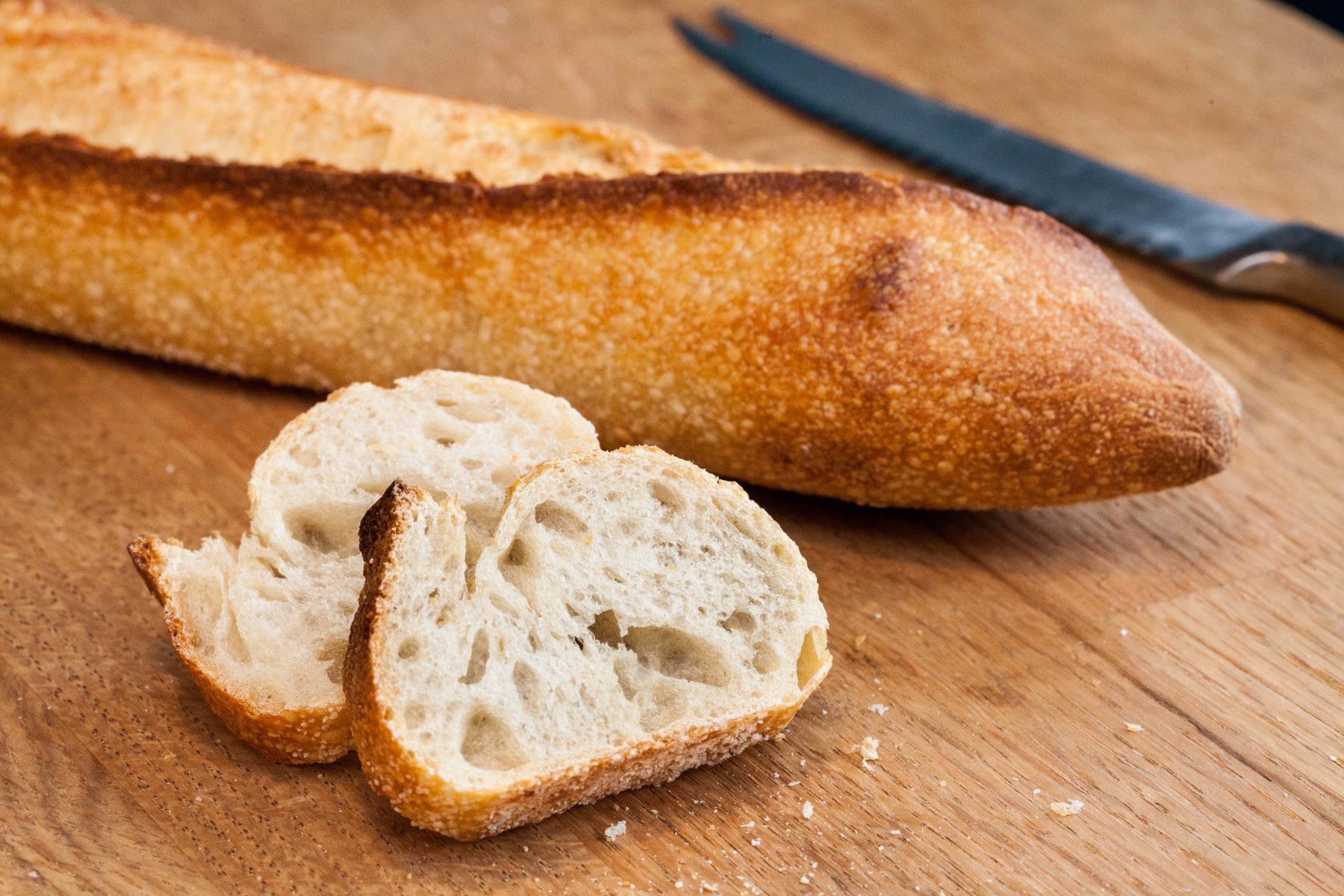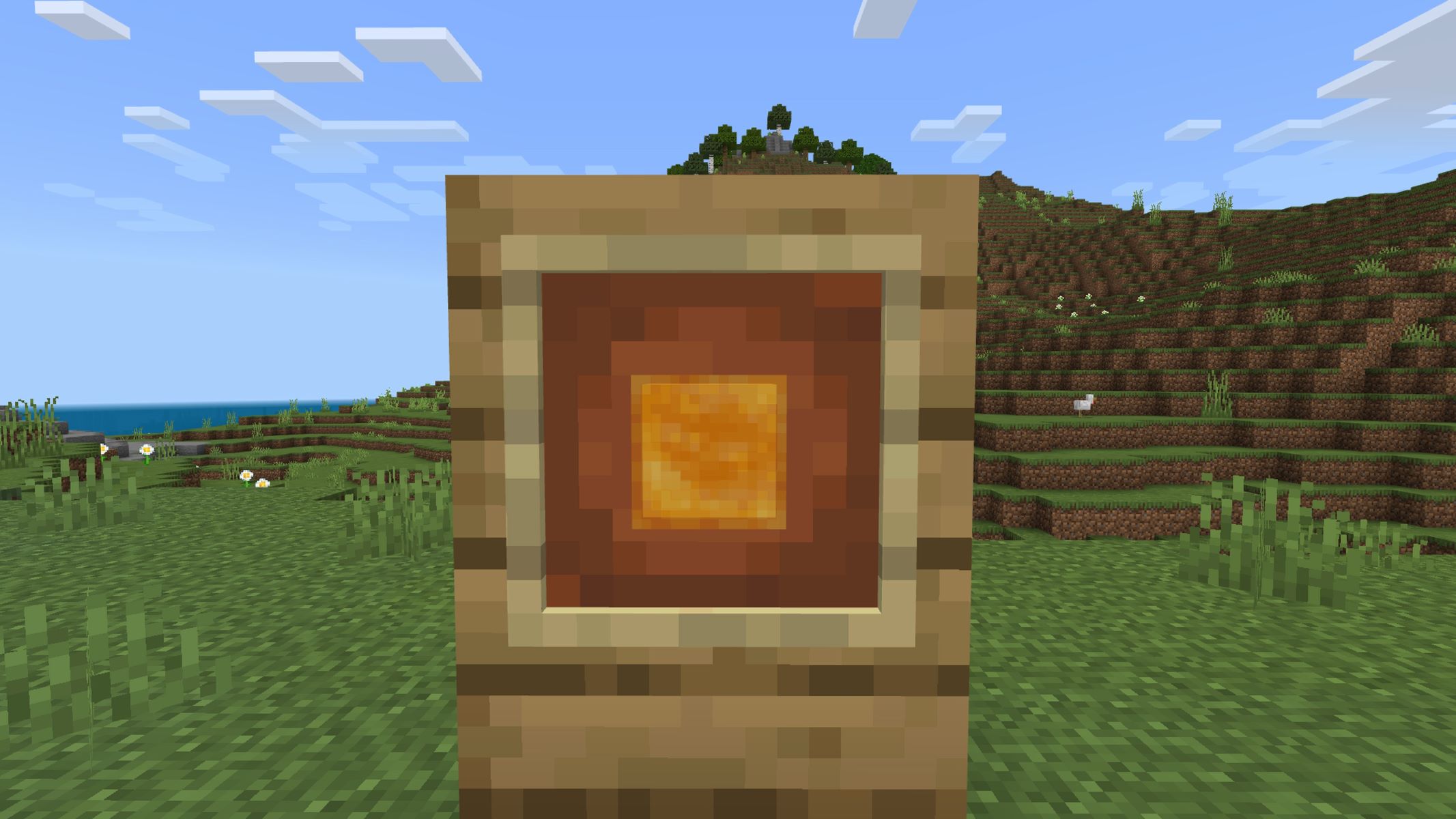Home>Home and Garden>How To Get Heat Stains Out Of Wood
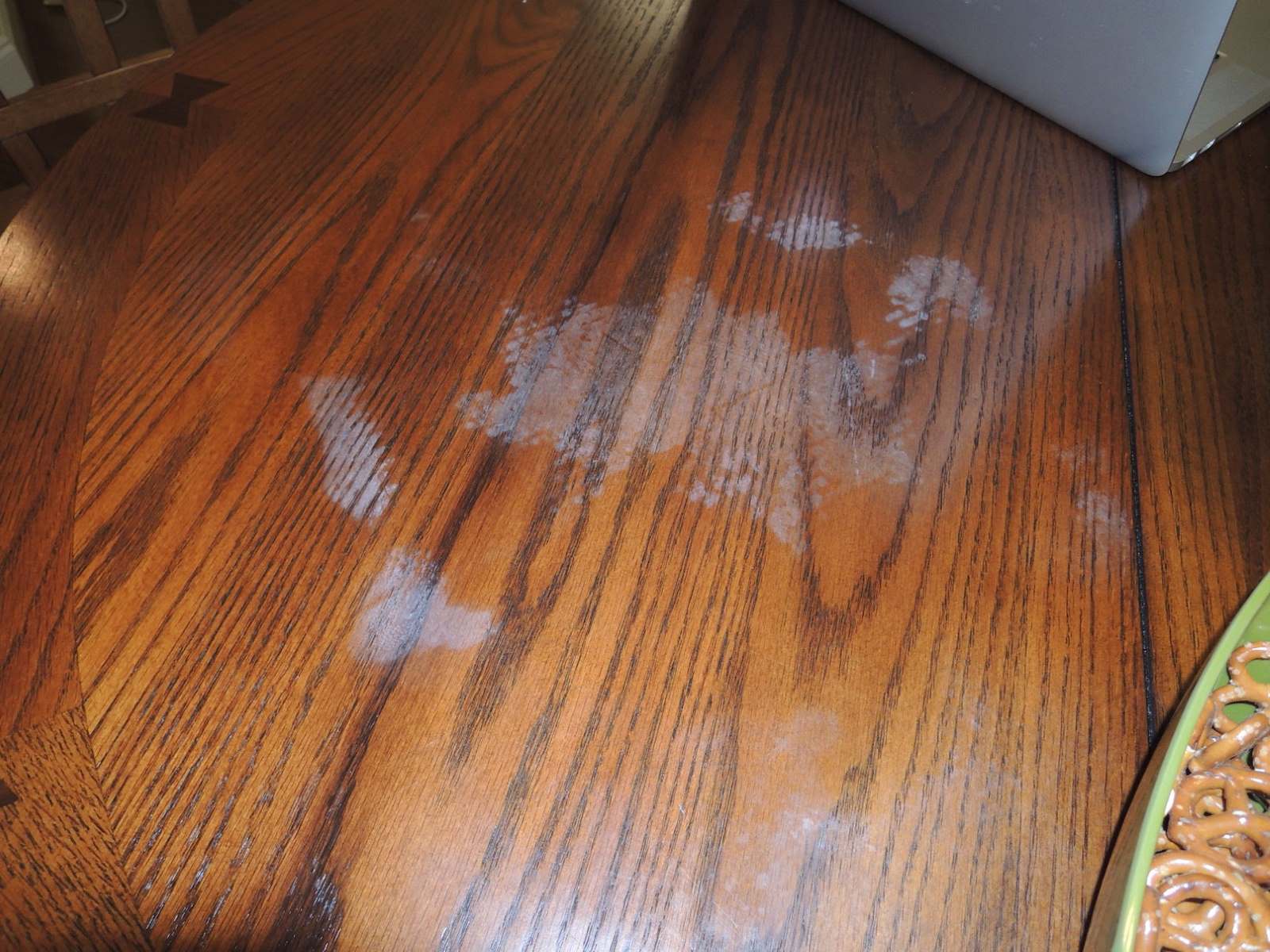

Home and Garden
How To Get Heat Stains Out Of Wood
Published: February 29, 2024
Learn effective techniques to remove heat stains from wood surfaces in your home and garden. Discover simple solutions for restoring the natural beauty of your wooden furniture and countertops.
(Many of the links in this article redirect to a specific reviewed product. Your purchase of these products through affiliate links helps to generate commission for Regretless.com, at no extra cost. Learn more)
Table of Contents
Introduction
Wooden furniture and surfaces add warmth and elegance to any home. However, the appearance of heat stains on wood can be a source of frustration for many homeowners. Whether it's a result of a hot pan placed directly on a wooden table or a forgotten coaster leaving a mark, heat stains can detract from the beauty of the wood.
In this comprehensive guide, we will explore various methods for effectively removing heat stains from wood. From using common household items to professional refinishing techniques, you'll discover practical solutions to restore your wood surfaces to their former glory.
Understanding the nature of heat stains on wood is crucial in determining the most suitable removal method. Factors such as the type of wood, the severity of the stain, and the finish on the surface all play a role in the approach to be taken. By gaining insight into the causes and characteristics of heat stains, you'll be better equipped to choose the most appropriate method for your specific situation.
Furthermore, we'll delve into preventive measures to safeguard your wooden surfaces from future heat stains. By implementing these strategies, you can maintain the pristine condition of your wood furniture and keep it looking its best for years to come.
Join us on this journey as we uncover the secrets to banishing heat stains from wood, restoring its natural beauty, and preserving its allure for generations to come.
Read more: The Ultimate Guide To Removing Wood Stain
Understanding Heat Stains on Wood
Heat stains on wood are a common issue that many homeowners encounter. These unsightly marks are typically caused by the transfer of heat from hot objects directly onto the wood surface. When heat penetrates the finish of the wood, it can create a white or discolored mark, often referred to as a heat stain. Understanding the nature of heat stains is essential in determining the most effective removal methods.
There are two primary types of heat stains: white heat stains and black heat stains. White heat stains occur when the heat causes moisture to become trapped within the finish of the wood, resulting in a cloudy or white discoloration. On the other hand, black heat stains are caused by the carbonization of the wood fibers due to extreme heat exposure, resulting in a dark, charred appearance.
The severity of the heat stain can vary depending on factors such as the type of wood and the protective finish applied to the surface. Softwoods, such as pine, are more susceptible to heat stains due to their porous nature, while hardwoods like oak and mahogany may exhibit more resilience. Additionally, the type of finish, whether it's a varnish, lacquer, or shellac, can impact the extent to which heat stains penetrate the wood.
It's important to note that attempting to remove heat stains without a clear understanding of the type of wood and finish can potentially worsen the damage. Therefore, before embarking on any removal method, it's advisable to assess the type of heat stain and the characteristics of the affected wood surface.
By gaining insight into the causes and characteristics of heat stains, homeowners can make informed decisions regarding the most suitable removal approach. Whether dealing with white or black heat stains on softwood or hardwood surfaces, understanding the nature of the damage is the first step toward effectively restoring the wood to its original beauty.
Methods for Removing Heat Stains
When it comes to removing heat stains from wood, there are several effective methods that can help restore the natural beauty of the affected surfaces. From utilizing common household items to employing professional refinishing techniques, homeowners have a range of options to choose from based on the severity of the heat stain and the type of wood involved.
Using Iron and Cloth
One popular method for removing heat stains involves using an iron and a cloth. To begin, place a clean, white cloth over the heat-stained area. Then, set the iron to a low to medium heat and gently press it over the cloth in a circular motion for a few seconds. The heat from the iron helps to draw out the moisture trapped within the wood finish, gradually lifting the heat stain from the surface. It's important to periodically lift the cloth and check the progress to avoid overheating the wood. This method is particularly effective for treating white heat stains caused by moisture trapped within the finish.
Using Baking Soda and Toothpaste
Another DIY approach involves creating a paste using baking soda and non-gel toothpaste. Mix equal parts of baking soda and toothpaste to form a thick paste, then apply it to the heat-stained area using a soft cloth. Gently rub the paste into the wood in a circular motion, allowing it to sit for a few minutes before wiping it off with a clean, damp cloth. The mild abrasive nature of the baking soda and toothpaste can help lift the heat stain from the wood, gradually restoring its original appearance.
Using Vinegar and Olive Oil
For a natural and gentle method of removing heat stains, consider using a combination of white vinegar and olive oil. Mix equal parts of vinegar and olive oil in a small bowl, then apply the mixture to the heat-stained area using a soft cloth. Allow the solution to sit on the wood for several hours or overnight, allowing the vinegar to penetrate the finish and the olive oil to nourish the wood. Afterward, gently wipe the surface with a clean cloth to remove the mixture and reveal the improved appearance of the wood.
Sanding and Refinishing
In cases where the heat stain is deeply embedded in the wood and traditional methods prove ineffective, sanding and refinishing may be necessary. This professional approach involves carefully sanding the affected area to remove the damaged finish and wood layers, followed by refinishing the surface to restore its luster. While this method requires more time and expertise, it can effectively eliminate stubborn heat stains and revitalize the wood to its original state.
By exploring these methods for removing heat stains from wood, homeowners can choose the most suitable approach based on the type of heat stain and the specific characteristics of the affected wood surface. Whether opting for DIY remedies or seeking professional refinishing, these methods offer practical solutions for restoring the natural beauty of wood and preserving its timeless appeal.
Using Iron and Cloth
One of the most popular and effective methods for removing heat stains from wood involves the use of an iron and a cloth. This DIY approach is particularly useful for treating white heat stains caused by moisture trapped within the wood finish. By harnessing the power of heat and moisture, homeowners can gradually lift the unsightly heat stains from the wood surface, restoring its natural beauty.
To begin, gather a clean, white cloth and place it over the heat-stained area. It's important to use a white cloth to avoid any potential color transfer onto the wood surface. Next, set the iron to a low to medium heat setting, ensuring that it is not too hot to avoid causing further damage to the wood. Once the iron is at the appropriate temperature, gently press it over the cloth in a circular motion, focusing on the heat-stained area.
As the iron emits heat, the trapped moisture within the wood finish begins to evaporate, gradually lifting the white heat stain from the surface. It's essential to periodically lift the cloth and assess the progress to avoid overheating the wood, which could lead to additional damage. By carefully monitoring the process, homeowners can ensure that the heat stain is effectively lifted without causing harm to the wood.
The combination of heat and moisture works in tandem to draw out the trapped moisture, allowing the wood to gradually return to its original state. This method is a testament to the power of simple household items in addressing common household issues. The gentle yet effective nature of this approach makes it a go-to solution for many homeowners seeking to restore the pristine appearance of their wood furniture and surfaces.
By harnessing the power of an iron and a cloth, homeowners can take proactive steps to address white heat stains on wood, rejuvenating the affected surfaces and preserving the timeless allure of natural wood. This DIY method offers a practical and cost-effective solution for treating heat stains, allowing homeowners to reclaim the beauty of their wood furniture and maintain its elegance for years to come.
Using Baking Soda and Toothpaste
Using a combination of baking soda and toothpaste is a popular DIY method for removing heat stains from wood surfaces. This simple yet effective approach harnesses the mild abrasive properties of baking soda and toothpaste to gently lift the heat stains, gradually restoring the natural beauty of the wood.
To begin, create a paste by mixing equal parts of baking soda and non-gel toothpaste in a small bowl. The non-gel toothpaste is preferred for its mild abrasive nature, which aids in the removal of the heat stains without causing damage to the wood surface. Once the paste is prepared, use a soft cloth to apply it to the heat-stained area, ensuring that the entire affected area is covered.
With the paste applied, gently rub it into the wood in a circular motion, allowing the mild abrasives to work their magic in lifting the heat stains. The circular motion helps distribute the paste evenly and encourages the gentle removal of the discoloration. As the paste is worked into the wood, the baking soda and toothpaste begin to lift the heat stains, gradually revealing the natural beauty of the wood beneath.
After applying the paste, allow it to sit on the wood surface for a few minutes to facilitate the removal of the heat stains. This brief waiting period allows the mild abrasives to effectively target the affected area, working to restore the wood to its original appearance. Once the paste has had time to work its magic, use a clean, damp cloth to gently wipe away the residue, revealing the improved condition of the wood.
The combination of baking soda and toothpaste offers a gentle yet effective solution for treating heat stains on wood. The mild abrasives work to gradually lift the discoloration, allowing the natural beauty of the wood to shine through once again. This DIY method is favored by many homeowners for its simplicity and effectiveness in rejuvenating heat-stained wood surfaces.
By utilizing common household items such as baking soda and toothpaste, homeowners can take proactive steps to address heat stains, restoring the allure of their wood furniture and maintaining its timeless elegance. This practical and cost-effective method offers a valuable solution for treating heat stains, allowing homeowners to preserve the beauty of their wood surfaces for years to come.
Read more: How To Get Eyelash Out Of Eye
Using Vinegar and Olive Oil
A natural and gentle method for removing heat stains from wood involves the use of a simple yet effective combination: white vinegar and olive oil. This DIY approach is favored by many homeowners for its ability to lift heat stains while nourishing the wood, resulting in a revitalized and lustrous appearance.
To begin, prepare the solution by mixing equal parts of white vinegar and olive oil in a small bowl. The white vinegar serves as a natural cleaning agent, capable of penetrating the wood finish to address the heat stains, while the olive oil provides nourishment to the wood, helping to restore its natural luster. Once the solution is mixed, use a soft cloth to apply it to the heat-stained area, ensuring that the affected surface is thoroughly covered.
After applying the vinegar and olive oil mixture, allow it to sit on the wood surface for several hours or overnight. This extended period allows the solution to effectively penetrate the finish, targeting the heat stains and working to rejuvenate the wood. As the vinegar penetrates the finish, it helps to lift the heat stains, gradually revealing the improved appearance of the wood. Meanwhile, the olive oil seeps into the wood, nourishing and revitalizing its natural beauty.
Following the waiting period, use a clean cloth to gently wipe the surface, removing the vinegar and olive oil mixture. As the residue is wiped away, the enhanced appearance of the wood is revealed, showcasing the successful removal of the heat stains and the revitalized luster of the surface.
The combination of white vinegar and olive oil offers a natural and gentle solution for addressing heat stains on wood. This method not only effectively lifts the discoloration but also nourishes the wood, resulting in a rejuvenated and lustrous appearance. The simplicity and effectiveness of this DIY approach make it a popular choice for homeowners seeking to restore the natural beauty of their wood surfaces.
By harnessing the power of white vinegar and olive oil, homeowners can take proactive steps to address heat stains, rejuvenating the allure of their wood furniture and preserving its timeless elegance. This practical and natural method offers a valuable solution for treating heat stains, allowing homeowners to maintain the beauty of their wood surfaces for years to come.
Sanding and Refinishing
Sanding and refinishing is a professional and comprehensive method for addressing stubborn heat stains on wood surfaces. While DIY remedies can effectively treat mild heat stains, more severe or deeply embedded discoloration may require the expertise of professional refinishing techniques. This approach involves carefully sanding the affected area to remove the damaged finish and wood layers, followed by refinishing the surface to restore its luster.
The process begins with the meticulous sanding of the heat-stained area, which serves to remove the damaged layers of wood and finish. Professional craftsmen utilize specialized sanding equipment to ensure precision and uniformity throughout the process. The sanding process is conducted with care, gradually eliminating the discolored layers and preparing the surface for refinishing.
Once the damaged layers have been removed through sanding, the surface is meticulously cleaned to remove any residual dust and debris. This preparatory step is crucial in ensuring a smooth and flawless refinishing process. The surface is then ready to undergo the refinishing treatment, which involves applying a new finish to restore the natural beauty of the wood.
The choice of finish, whether it's a varnish, lacquer, or shellac, is carefully selected to complement the type of wood and achieve the desired aesthetic result. The application of the new finish is carried out with precision, ensuring even coverage and a seamless integration with the existing wood surface. This meticulous process results in a revitalized and lustrous appearance, effectively concealing the remnants of the heat stains.
Sanding and refinishing is a time-intensive and skill-dependent method that requires the expertise of professional craftsmen. The intricate nature of this approach demands precision and attention to detail, ensuring that the wood surface is restored to its original state. While DIY methods offer practical solutions for mild heat stains, sanding and refinishing is the go-to option for addressing severe or persistent discoloration, providing a comprehensive restoration of the wood's natural beauty.
By entrusting the task to skilled professionals, homeowners can witness the transformation of their heat-stained wood surfaces, as the meticulous sanding and refinishing process rejuvenates the allure of the wood, leaving behind a revitalized and lustrous appearance. This professional approach offers a valuable solution for treating stubborn heat stains, allowing homeowners to preserve the timeless elegance of their wood furniture and surfaces for years to come.
Preventing Heat Stains on Wood
Preventing heat stains on wood surfaces is essential for maintaining their pristine appearance and prolonging their longevity. By implementing proactive measures, homeowners can safeguard their wood furniture and surfaces from the damaging effects of heat, preserving their natural beauty for years to come.
-
Use Protective Coasters and Trivets: Placing protective coasters and trivets under hot dishes, pots, and pans provides a simple yet effective barrier between the heat source and the wood surface. These protective accessories help distribute the heat and prevent direct contact, minimizing the risk of heat stains.
-
Utilize Heat-Resistant Mats: When using hot styling tools such as curling irons or flat irons on wooden surfaces, employing heat-resistant mats or pads can offer an additional layer of protection. These specialized mats are designed to withstand high temperatures, providing a safe and heat-resistant surface for styling activities.
-
Regular Maintenance and Cleaning: Implementing a regular maintenance routine for wood surfaces can help prevent heat stains and maintain their integrity. Cleaning spills and moisture promptly, as well as applying protective finishes or coatings, can contribute to the resilience of the wood against heat-related damage.
-
Educate Household Members and Guests: Educating family members and guests about the importance of using protective measures when dealing with hot items on wood surfaces can help raise awareness and prevent accidental heat stains. Encouraging mindful habits and responsible use of hot objects can contribute to the preservation of the wood's appearance.
-
Temperature Regulation: Maintaining a controlled indoor environment can also aid in preventing heat stains. Avoiding extreme temperature differentials and excessive heat exposure in areas with wooden furniture can mitigate the risk of heat-related damage.
-
Regular Inspection and Maintenance: Periodically inspecting wood surfaces for signs of wear, damage, or discoloration can help identify potential heat stains early on. Promptly addressing any issues through appropriate cleaning or refinishing can prevent the escalation of heat-related damage.
By incorporating these preventive measures into their daily routines and maintenance practices, homeowners can effectively protect their wood furniture and surfaces from heat stains. These proactive steps not only preserve the aesthetic appeal of the wood but also contribute to its long-term durability, ensuring that its natural beauty remains unmarred by the effects of heat.
Conclusion
In conclusion, the presence of heat stains on wood surfaces can be a source of frustration for homeowners, detracting from the natural beauty and elegance of wooden furniture and fixtures. However, through the exploration of various removal methods and preventive measures, it becomes evident that the allure of wood can be preserved and restored with the right approach.
Understanding the nature of heat stains on wood is crucial in determining the most effective removal method. Whether dealing with white or black heat stains on softwood or hardwood surfaces, a clear understanding of the type of heat stain and the characteristics of the affected wood surface is essential. By gaining insight into the causes and characteristics of heat stains, homeowners can make informed decisions regarding the most suitable removal approach.
The methods for removing heat stains from wood offer practical and effective solutions for rejuvenating the natural beauty of wood surfaces. From utilizing common household items such as an iron and cloth, baking soda and toothpaste, and vinegar and olive oil, to professional refinishing techniques, homeowners have a range of options to choose from based on the severity of the heat stain and the type of wood involved. These methods not only address heat stains but also contribute to the overall maintenance and preservation of wood surfaces.
Furthermore, the implementation of preventive measures is essential in safeguarding wood surfaces from future heat stains. By using protective coasters and trivets, heat-resistant mats, and maintaining a regular cleaning and maintenance routine, homeowners can mitigate the risk of heat-related damage, preserving the pristine appearance of their wood furniture and fixtures.
In essence, the restoration and preservation of wood surfaces require a combination of proactive measures, informed decision-making, and the application of suitable removal methods. By taking a holistic approach to addressing heat stains and implementing preventive strategies, homeowners can ensure that their wood furniture and surfaces maintain their timeless allure for generations to come.
